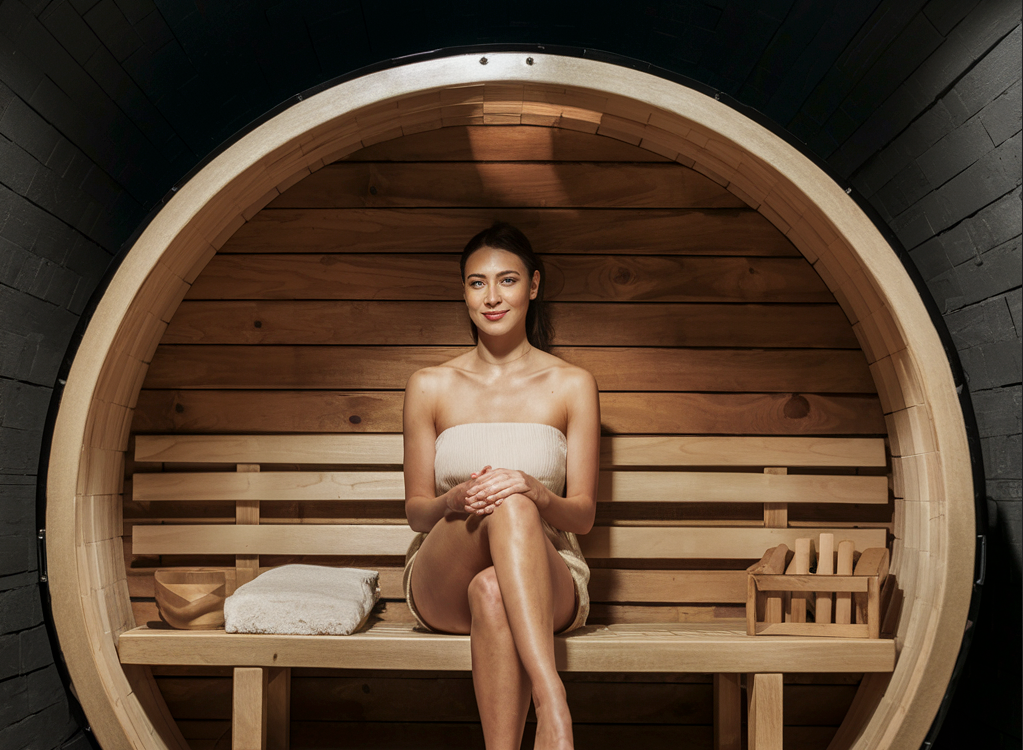Why Cedar is the Superior Choice for Sauna Construction: A Comparison with Pine
When it comes to crafting the perfect sauna, selecting the right wood is crucial to ensuring a comfortable and long-lasting experience. Cedar and pine are two popular choices, but cedar often stands out as the superior option for sauna use.
In this blog, we’ll delve into why cedar outshines pine when it comes to building saunas, highlighting its thermal properties, durability, aroma, and overall suitability for this unique environment.
1. Thermal Stability and Insulation
Cedar: One of the most significant advantages of cedar in sauna construction is its thermal stability. Cedar has excellent insulating properties, which helps to maintain a consistent and comfortable temperature within the sauna. Its low thermal conductivity ensures that the heat is evenly distributed, making for a more enjoyable sauna experience. Additionally, cedar’s ability to handle high temperatures and humidity levels without warping or cracking is crucial in maintaining the integrity of the sauna structure over time.
Pine: While pine is also a good insulator, it doesn’t perform as well as cedar in extreme heat and humidity conditions. Pine tends to absorb and release heat more quickly, which can result in less stable temperatures within the sauna. Moreover, pine’s higher thermal conductivity means that it may not retain heat as efficiently, potentially affecting the overall sauna experience.
2. Moisture Resistance
Cedar: Cedar is renowned for its natural resistance to moisture and mildew, which is particularly important in a sauna environment where humidity levels are high. The natural oils in cedar help to repel moisture, preventing the wood from swelling, warping, or developing mold over time. This moisture resistance not only prolongs the life of the sauna but also contributes to a healthier and more hygienic environment.
Pine: Pine is more susceptible to moisture-related issues compared to cedar. Its higher porosity can lead to faster absorption of moisture, which may cause the wood to warp, crack, or develop mold in a sauna setting. This can necessitate more frequent maintenance and repairs, detracting from the overall sauna experience.
3. Aromatic Qualities
Cedar: Cedar is well-known for its distinctive and pleasant aroma, which enhances the sensory experience of using a sauna. The natural oils in cedar produce a soothing, aromatic scent that can promote relaxation and create a more luxurious atmosphere. This scent also has natural antibacterial properties, contributing to a cleaner and fresher sauna environment.
Pine: Pine has a milder aroma compared to cedar, which may not be as effective in enhancing the sauna experience. Additionally, pine’s scent is less persistent and can be less appealing to some users. The lack of a strong, pleasant aroma might detract from the overall enjoyment of the sauna.
4. Durability and Longevity
Cedar: Cedar’s durability is one of its most significant advantages. Its natural resistance to decay and insect damage makes it a long-lasting choice for sauna construction. Cedar can withstand the wear and tear of frequent use and the harsh conditions of high heat and humidity, ensuring that your sauna remains in excellent condition for many years.
Pine: While pine is a durable wood, it doesn’t match cedar’s longevity in a sauna environment. Pine’s susceptibility to moisture and heat-related issues can lead to a shorter lifespan and more frequent maintenance. This means that while pine might be initially less expensive, it could end up costing more in terms of repairs and replacements over time.
5. Ease of Maintenance
Cedar: Cedar is relatively low-maintenance due to its natural resistance to moisture and pests. A regular cleaning routine and occasional sealing can help maintain its appearance and performance. The wood’s inherent properties make it less likely to require intensive upkeep, allowing you to enjoy your sauna with minimal effort.
Pine: Pine requires more maintenance to keep it in good condition, especially in a sauna environment. It may need to be treated or sealed more frequently to protect it from moisture and heat damage. This added maintenance can be time-consuming and may detract from the overall convenience of using a sauna built with pine.
Conclusion
When it comes to choosing the best wood for sauna construction, cedar clearly stands out as the superior choice compared to pine. Its exceptional thermal stability, moisture resistance, aromatic qualities, durability, and ease of maintenance make it the ideal material for creating a high-quality sauna experience.
While pine might be a more budget-friendly option initially, cedar’s long-term benefits and enhanced sauna experience make it a worthwhile investment. By opting for cedar, you’re not only choosing a wood that will perform exceptionally well in a sauna setting but also one that will provide years of comfort and enjoyment.



